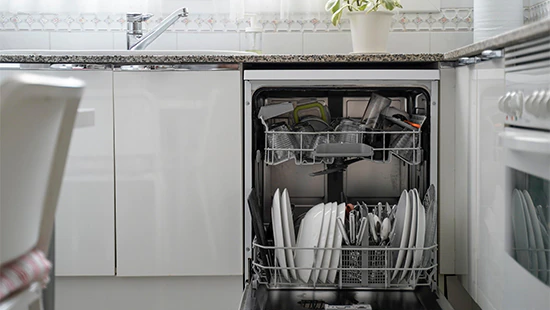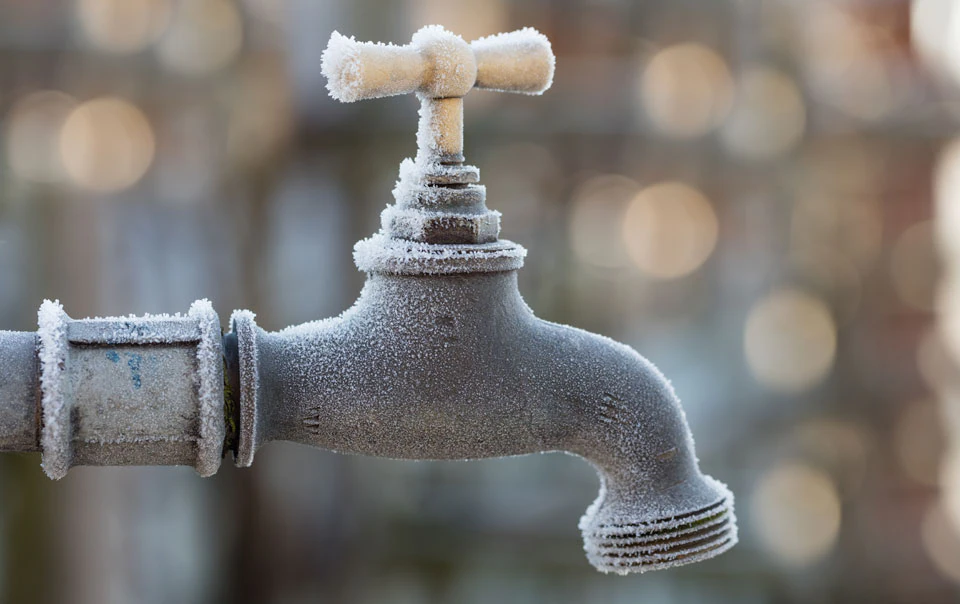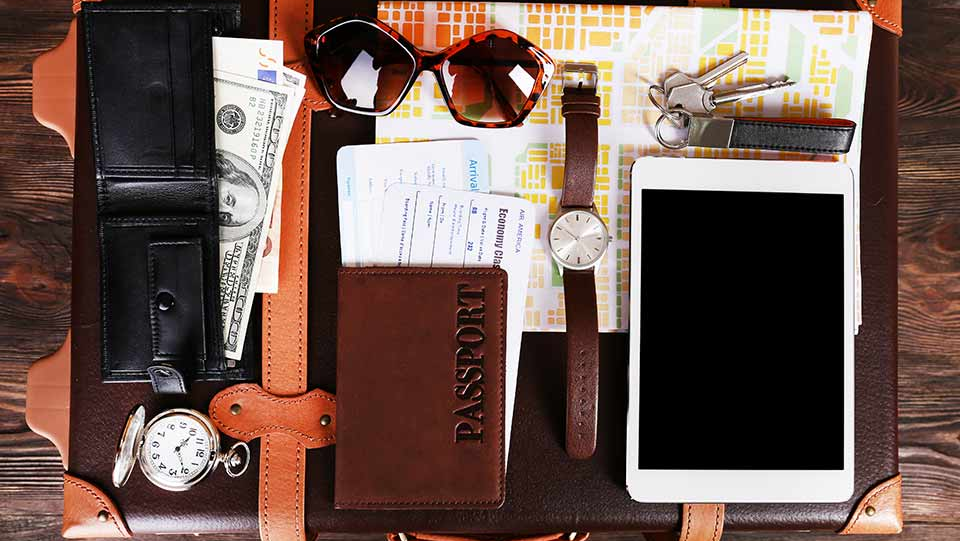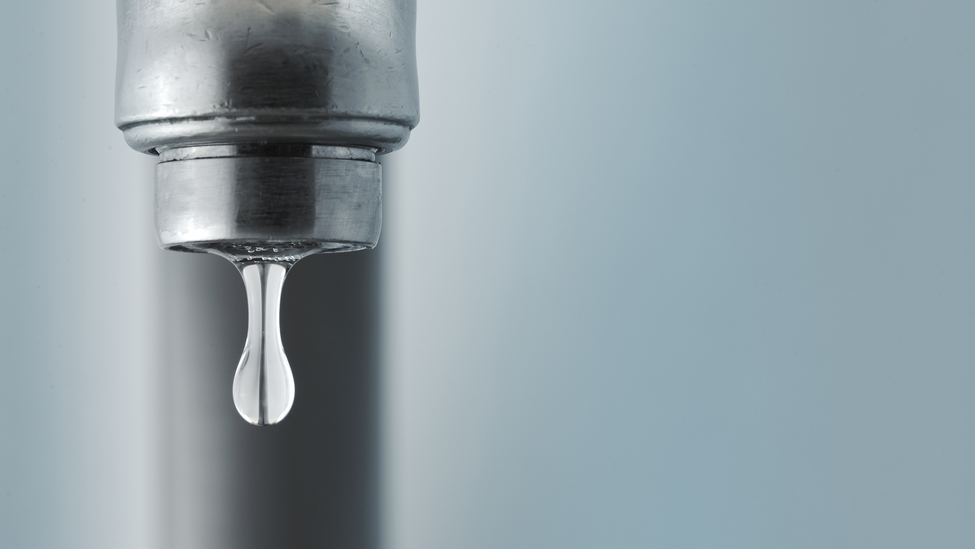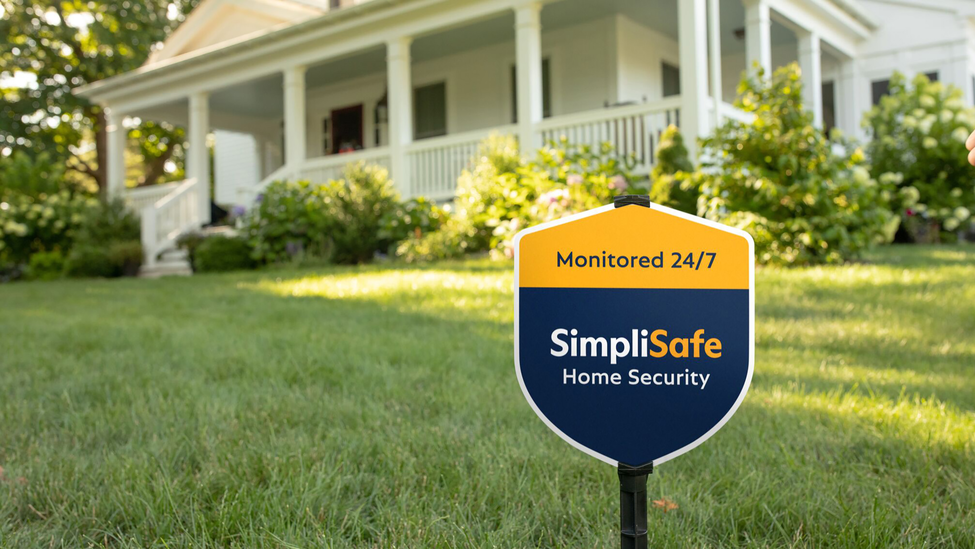Snowbirds: How to Winterize Your Home While You're Away
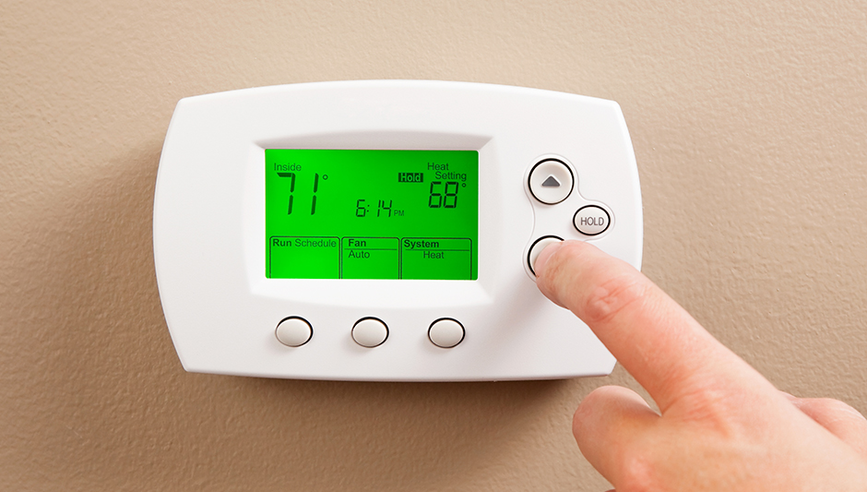
If you are a snowbird that heads south for the winter, there are several key things you can do to help winterize your vacant home. Taking the right winterization steps can help protect your home from theft, water damage, heating or electrical system malfunctions and other possible threats while you are away for an extended period of time.
What is winterization?
Winterization of a house is the process of preparing the property to be vacant during the winter. Typically, you will want to take these preventive steps this fall, ahead of winter weather season. Being proactive can help protect against risks of damage due to bursting water pipes and other home and property issues.
1. Prevent your home from appearing unoccupied
- Forward your mail, stop newspaper delivery and ask a friend to pick up items that may be left at your door.
- Arrange for someone to remove snow after storms.
- Put motion-sensitive exterior lights and interior lights on timers and set them to come on at varying times to discourage prowlers.
2. Take steps to protect your home from thieves
- Confirm that your alarm systems are in working order and have been activated.
- Secure external doors and windows with deadbolt locks, security-type hinges. Install slide locks or other equivalent security locks on sliding glass doors.
- Store valuables that you are not taking with you in a safe deposit box or other secure offsite location.
- Avoid posting your vacation or travel plans on social media sites, as potential thieves can use that information to learn when your house will be vacant.
3. Help avoid water damage by turning off your water supply
- If a pipe bursts or leaks while you are away, it could cause significant damage. Consider completely turning off the water supply if you will be away for an extended period of time. If your home is heated by an older steam heating system, consult with your heating professional to determine if it is safe to turn off the water supply for your particular heating system. Also, if your home is protected by a fire sprinkler system, make sure that you do not turn off the water to this system.
- If you have turned off the water supply, drain your pipes of all water by opening the faucets, and flush your toilet to clear the water from the tank and bowl. Consider pouring antifreeze in toilet tanks and bowls to prevent any remaining water from freezing.1 Always use non-toxic antifreeze rated for plumbing systems.
- You may wish to hire a licensed plumber to complete these steps. The plumber can also confirm that the pipes have been fully drained by blowing compressed air through the pipes.
4. Keep your home and plumbing warm
- If you decide against draining your water pipes, keep the furnace running to help make sure the home stays warm and the pipes do not freeze.
- Set the temperature at 55°F or higher to help keep the interior of the floor and wall cavities, where the water piping is likely located, above freezing temperatures. Keeping room and cabinet doors open can also help heat to circulate and warm the areas where pipes are located.
- Shut off the water to washing machines and dishwashers where possible, to avoid any leaks or broken hoses while you are away.
- Turn off the heat source and water supply to hot water heaters (if separate from your boiler).
- Consider shutting off and draining outdoor faucets to prevent water damage due to freezing.
- Have a water flow sensor and low temperature sensor installed on your main water supply pipe and hooked into a constantly monitored alarm system or your smartphone.
- Consider wrapping water piping in UL-Listed heat tape and insulating if it is exposed in unheated areas such as garages, crawl spaces or attics. Use only thermostatically controlled heat tape if your water piping is plastic, and follow the manufacturer’s installation instructions.
5. Perform routine winter maintenance before you leave
Heating system maintenance
Before you give your heating system a workout this winter, take the time for preventive maintenance. It may help extend the life of your system and identify potential problems.
Before winter:
- Have your heating system inspected and serviced by a licensed professional before the onset of cold weather. Have your fuel tanks filled before you leave and make sure you have set up periodic fuel deliveries, if needed. Have someone check on heat and fuel levels regularly while you are gone.
- Be sure to maintain electrical power if required to keep the heating system running. If electrical service to the home is to remain on while you are away, consider having a licensed electrical contractor inspect your main electrical panel, wiring and outlets. Repair or replace anything that may be defective.
- Have your furnace or boiler checked and serviced by a licensed contractor at least once a year, preferably before the heating season begins.
- Clean or replace the furnace filter on forced hot air systems.
- Have your chimney checked and serviced by a licensed contractor at least once a year. Pay particular attention to having creosote buildup removed from chimneys servicing woodstoves and fireplaces.
During winter:
- Have your fuel tanks filled and keep an eye on levels throughout the winter.
- Set your heat no lower than 55 degrees as the temperature inside the walls where water piping is located is colder than the living spaces; open doors to unoccupied rooms to keep an even temperature throughout the house.
- Maintain your wood-burning or pellet stoves according to the manufacturer's instructions.
Insulation maintenance
Is your insulation prepared to protect you from the cold? As an important line of defense from winter’s gusty winds and freezing temperatures, it is worth taking time to have your insulation inspected. While you’re at it, have the insulation and weather stripping upgraded before the cold weather season starts.
- Add extra insulation in the attic to help guard against ice dams. If too much heat escapes into the attic, it can warm the ice and snow on the roof. When it refreezes, it can cause an ice dam, which can lead to water damage inside your home or possibly even a roof collapse.
- Add weather stripping around doors and caulk windows to guard against drafts and heat loss.
- Remove screens from windows and install storm windows, if appropriate.
Winter safety measures
As you prepare for winter, following are some additional safety measures that can be effective preventive steps to take before the cold season begins.
- Trim trees and remove dead branches so they do not damage your home or injure someone if they fall because of ice, snow or wind.
- Keep gutters clear of leaves, sticks and other debris to help make sure melting snow can drain properly. Make sure downspouts direct water away from the foundation.
- Repair steps and handrails to make them safer in the ice and snow.
- Check smoke detectors, fire alarms and carbon monoxide detectors, and replace batteries to ensure they are operating properly.
- Unplug all unnecessary appliances, such as your stove and microwave, before you leave.
Key supplies and equipment
- The first storm of the year can come sooner than you think. Stock up early and get key equipment, like snow blowers and generators, in good working condition long before you need them.
- Make sure you have snow shovels and a roof rake on hand. Stock your ice melting compound to melt ice on walkways.
- Have your snowblower and generator serviced and any necessary repairs made.
- Keep fuel for snowblowers and generators in approved safety containers and away from heat or flame-producing devices. Do not store fuel in your basement.
6. Make your home unattractive to pests
- Clean your home thoroughly to help discourage new “residents” from moving in.
- Clean, defrost and unplug refrigerators and freezers, wiping them dry and leaving doors propped open to prevent mildew. Also, clean the oven.
- Inspect your home for openings that animals could use to enter. For example, make sure your fireplace flue is closed, as bats, birds and squirrels are known to get inside this way.
- Check weather-stripping, insulation and exterior doors and windows to make sure no major deficiencies are present. Water and insects can enter through these openings.
- Chimneys should be inspected by a chimney service and, if necessary, cleaned to make sure that they are free from obstructions such as nesting birds. Install chimney guard screen-caps to help prevent any infestation.
7. Be ready for emergencies
- Notify the police department that the property will be vacant and provide emergency notification numbers.
- Install smoke detectors on at least every floor (preferably tied to a constantly monitored fire alarm system so the fire department will automatically be notified in case of alarm) and confirm that the sensors and system are tested regularly.
- In higher wind-exposed or coastal areas, install storm shutters to secure windows, or consider using other mitigation measures, such as 5/8" marine plywood.
- Ask a trusted friend, neighbor or relative to keep an eye on your home and be available in emergency situations. Give them access to your home so they can regularly monitor heating, electrical and water systems.
- If the weather turns frigid, have them look at the edge of the roof for ice dams and look for leaks inside. Make sure they have your contact information and a list of local contractors they can reach if repairs or service are indicated.
8. Make sure you have the insurance coverage you need
Be proactive about protecting your home when leaving the property – whether it’s for a few days or longer. Contact your local independent agent or Travelers representative to make sure your homeowners coverage is up to date and premiums are paid up so you’ll be covered in case anything happens while you’re away.
Source
1 http://www.homeadvisor.com/article.show.How-Do-I-Winterize-a-Vacant-House.10834.html

